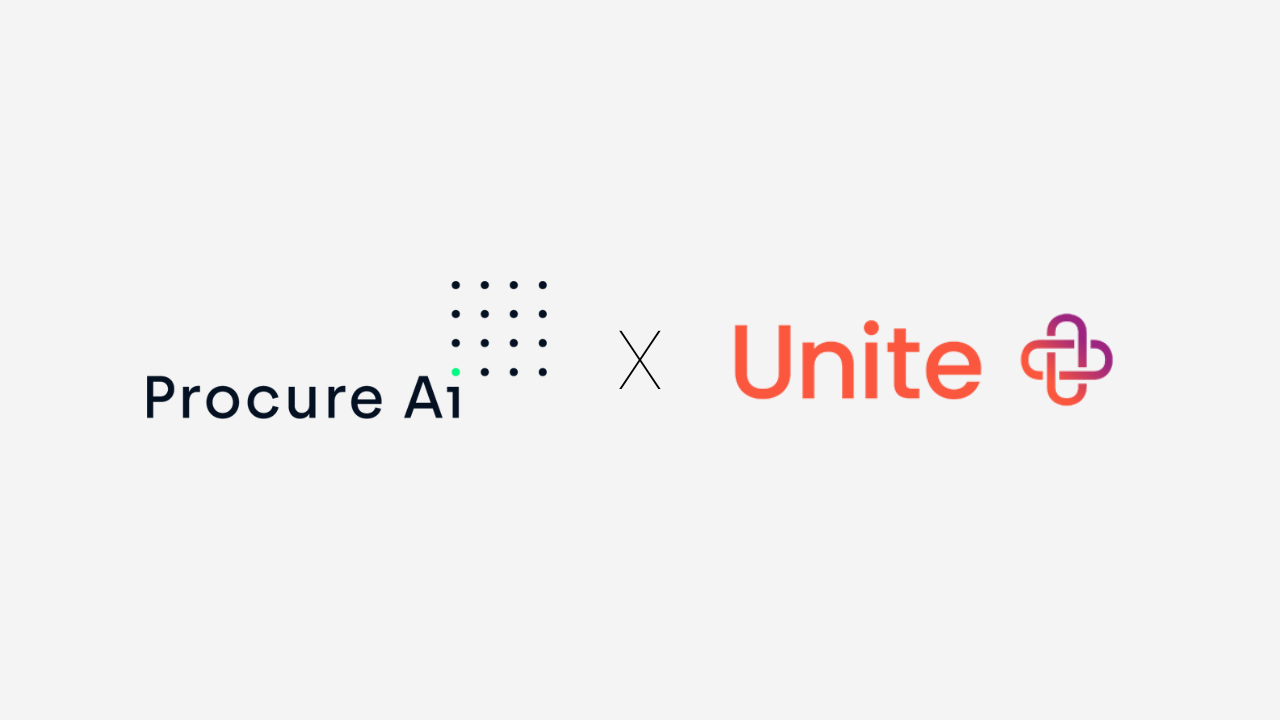Moderne CPO-Prioritäten verstehen: Von Einsparungen zur Strategie



Die Rolle des Chief Procurement Officers (CPO) hat sich in den letzten zehn Jahren dramatisch verändert. Die heutigen CPOs sind nicht mehr nur Kostenmanager — sie sind strategische Führungskräfte, die Wert, Innovation und Widerstandsfähigkeit im gesamten Unternehmen vorantreiben. Da Unternehmen mit wachsender Komplexität, digitalen Umwälzungen und steigenden Erwartungen der Stakeholder konfrontiert sind, ist es für eine zukunftsfähige Führung unerlässlich, zu verstehen, wie sich die Rolle entwickelt und welche Anforderungen sie in den nächsten 10 Jahren stellen wird.
Ein CPO leitet und entwickelt die Einkaufsabteilung einer Organisation. Traditionell konzentrierte sich die Rolle stark auf die Senkung der Kosten und die Verbesserung der Prozesseffizienz. Zu den typischen Aufgaben des CPO gehören:
Obwohl diese grundlegenden Aufgaben nach wie vor wichtig sind, haben moderne CPOs einen breiteren Fokus, der über die Kostenkontrolle und die transaktionale Beschaffung hinausgeht.
Die Rolle des CPO hat sich in den letzten zehn Jahren dramatisch weiterentwickelt und von mehreren mächtigen Kräften geprägt. Fortschritte in den Bereichen Technologie, KI und Analytik haben es ihnen ermöglicht, die digitale Transformation im gesamten Einkauf voranzutreiben. Gleichzeitig hat die zunehmende Bedeutung von Nachhaltigkeit ESG und ethische Beschaffung in den Mittelpunkt der Unternehmensstrategie gerückt. Und da globale Risiken — von Pandemien bis hin zu geopolitischen Spannungen — die Lieferketten weiterhin stören, haben CPOs nun die Aufgabe, Agilität und Widerstandsfähigkeit ihrer Organisationen zu verbessern.
Als CPO geht es heute um viel mehr, als nur die Kosten im Auge zu behalten. Um die Nase vorn zu haben und den sich ändernden Geschäftsanforderungen gerecht zu werden, müssen sich moderne CPOs auf Folgendes konzentrieren:
Diese Prioritäten sind jedoch mit erheblichen Herausforderungen verbunden. Viele Organisationen haben immer noch Probleme mit fragmentierte oder unstrukturierte Daten, was erhebliche Auswirkungen auf die Fähigkeit des Beschaffungswesens hat, effektiv zu arbeiten. Schlechte Daten führen zu unproduktivem Einsatz von Technologie und KI, schlechter Transparenz, höherem Risiko und erhöhten Kosten. Diese Folgeeffekte schränken die Fähigkeit der Abteilung ein, sich auf ESG-Ziele und andere strategische Geschäftsziele zu konzentrieren.
Der Mangel an Talenten erhöht den Druck noch weiter: Fast 40% der CPOs nennen Führungs- und Qualifikationslücken als ihre größte Herausforderung, so die Globale CPO-Umfrage 2025 von Deloittewas es schwieriger macht, Tools, Prozesse und Erkenntnisse effektiv zu nutzen. Volatile Märkte verschärfen die Belastung, wobei 57% der Staats- und Regierungschefs geopolitische Unsicherheiten als ihre größte Sorge angeben. Und da sich Umwelt- und Sozialvorschriften ständig weiterentwickeln, wird die Sicherstellung der weltweiten Einhaltung immer komplexer.
Das Erreichen der Ziele und die Bewältigung der Herausforderungen, mit denen CPOs konfrontiert sind, ist keine leichte Aufgabe. Hier werden KI und Digitalisierung zu wichtigen Wegbereitern für den CPO der Zukunft. In den kommenden zehn Jahren wird die Beschaffung zunehmend autonom, datengesteuert und unternehmensweit integriert werden. KI-Systeme werden Aufgaben ergänzen, die früher manuell und zeitaufwändig waren. In der Umfrage von Deloitte berichten CPOs, dass die drei wichtigsten Bereiche für die Einführung von Technologien der nächsten Generation Datenanalyse (88%), Rechnungs- und Zahlungsabwicklung (78%) und Einkauf (75%) sind.
Da ressourcenintensive manuelle Aufgaben zunehmend automatisiert werden und Beschaffungsentscheidungen zunehmend auf Echtzeiteinblicken, prädiktiven Modellen und Szenariosimulationen beruhen, wird sich die Rolle des CPO weiter entwickeln und von der traditionellen Aufsicht zur strategischen Orchestrierung übergehen. Um das Potenzial der KI in der Beschaffung optimal auszuschöpfen, müssen zukunftsfähige CPOs:
Die Möglichkeiten und Fähigkeiten der KI zu verstehen, ist nur der erste Schritt. Um als CPO für 2035 gerüstet zu sein, müssen Führungskräfte dem Aufbau von KI-Kompetenzen und der Einführung der neuesten Tools Priorität einräumen. An dieser Stelle kommt Procure Ai ins Spiel. Durch den Procure Ai Akademie für Beschaffung, können Führungskräfte durch praktisches, zugängliches Lernen Schritt für Schritt KI-Kompetenz aufbauen. Und mit der Procure Ai-Plattform können sie dieses Wissen in die Praxis umsetzen und KI auf Beschaffung und Verhandlungen, Lieferanten- und Risikomanagement, Einkauf und Analytik anwenden. Zusammen geben diese beiden Aspekte den CPOs sowohl das Verständnis als auch die Technologie, die sie benötigen, um KI zu einem Treiber der Einkaufsleistung zu machen.
Die Rolle des CPO hat sich von der Kostenaufsicht hin zur strategischen Führung verlagert, geprägt von der globalen Komplexität, steigenden Erwartungen und dem raschen technologischen Wandel. Heutige CPOs sind dafür verantwortlich, die Beschaffungsaktivitäten an den Geschäftszielen auszurichten, die betriebliche Effizienz zu verbessern, Risiken zu managen, Nachhaltigkeit zu verankern und die digitale Transformation voranzutreiben — und gleichzeitig Teams und Lieferanten durch ständige Unsicherheiten zu führen.
KI ist ein leistungsstarkes Instrument für zukunftsorientierte CPOs, das es ihnen ermöglicht, ressourcenintensive manuelle Aufgaben zu automatisieren und intelligentere Entscheidungen auf der Grundlage von Echtzeiteinblicken, prädiktiven Modellen und Szenariosimulationen zu treffen. Die effektivsten CPOs werden sich diese Technologien zu eigen machen und den Wandel vorantreiben. Sie werden die KI-gestützte Entscheidungsfindung leiten, autonome Prozesse verwalten und die Zusammenarbeit im gesamten Unternehmen fördern.
Der erste Schritt zur Nutzung dieser Fähigkeiten besteht darin, KI-Kompetenz aufzubauen, damit Sie mit gutem Beispiel vorangehen können. Bist du bereit, aufzusteigen? Melden Sie sich jetzt für die Procure Air Academy an, um KI fließend zu sprechen.

Die Integration von Procure Ai Ivalua sorgt für einen reibungslosen Datenfluss, Aktualisierungen von Anforderungen in Echtzeit und KI-gestützte Automatisierung für eine schnellere Beschaffung.
News
023

Procure Ai und Unite arbeiten zusammen, um den B2B-Kauf zu vereinfachen. Greifen Sie direkt in Procure Ai auf den Marktplatz von Unite zu, um schneller, gesetzeskonformer und vernetzter einzukaufen.
News
022